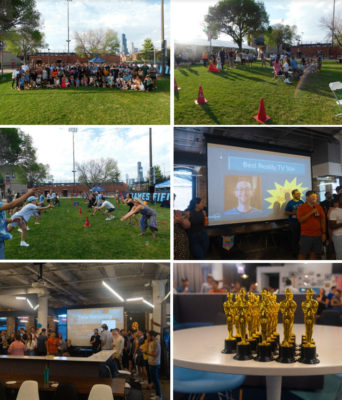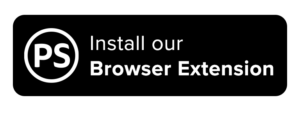Why You Need Voluntary Benefits
 Employee benefits are, by their very nature, a highly personal thing. Few things are more important than having reliable health and vision benefits, for instance, across a huge range of varied personal situations. That’s why it’s critical that any competitive benefits package allows for meaningful customization for the things that matter, so employees can opt-in towards retirement, time-off, or whatever else is important to them. In other words – you need a benefits structure that works around the unique needs of your unique employees!
Employee benefits are, by their very nature, a highly personal thing. Few things are more important than having reliable health and vision benefits, for instance, across a huge range of varied personal situations. That’s why it’s critical that any competitive benefits package allows for meaningful customization for the things that matter, so employees can opt-in towards retirement, time-off, or whatever else is important to them. In other words – you need a benefits structure that works around the unique needs of your unique employees!
Ideally, your voluntary benefits should be more than just “skin deep”. The kind of benefits program that attracts top talent is the kind that offers meaningful solutions to major hurdles experienced by your employees – like, for instance, providing financial well-being tools such as financial education resources or 401k guidance as part of an employee benefits package. It makes a huge difference to the growing number of employees concerned about their financial health. But even something as simple as separate voluntary benefits for commuters and motorists getting to the office can make a big difference in the positive cultural impact of your program.
Productivity, Loyalty, and Voluntary Benefits
Studies show consistently that incentive programs have a strong positive impact on productivity and loyalty. For example, a recent Incentive Research Foundation study indicated that a well-run incentive program can improve loyalty by up to 44%, showing that employees want to be recognized as individuals for their work. Providing voluntary benefits functions just the same; when employees feel like their efforts are being recognized and rewarded on an individual basis, it acts as a strong productivity driver. That’s because personalizing your benefits demonstrates that you care about your employees – and there’s nothing that ensures employee loyalty more strongly than showing you’re loyal to them right back.
From parking vouchers to cutting-edge telehealth benefits, giving employees a comprehensive and customizable benefits suite is among the top ways to stand out from competitors and attract fiercely competitive best-in-class talent. That’s how PerkSpot helps you build loyalty and reduce turnover; providing your employees with discounts tailored around their interests. Through the hundreds of national brands who work with us, PerkSpot is able to selectively highlight the programs and discounts most applicable to individual employees; whether it’s a frequent traveler in need of cheaper car rentals or an amateur gardener looking for new tools, we’ve got the deals to help your employees save on the things that matter to them. That’s why PerkSpot is such a powerful employee productivity driver.
The Value of Personalization
When you recognize your employees as individuals and format your programs around individual needs, it never goes unnoticed. In many cases, even if the monetary benefit is the same, giving employees the choice to opt-in to relevant programs instead of a “one-size-fits-all” approach improves productivity and loyalty metrics. As far as benefits go, it pays to realize that one size does not fit all; and the more you can provide employees with benefits that match their individual needs, the happier they’ll be. That’s what makes PerkSpot different; our wide range of discounts has something for everyone, no matter how unique. Catering to that uniqueness is our priority.
Interested in learning more about the benefits of a customized discount program? Request a demo for a free overview of how PerkSpot can help your organization!





















